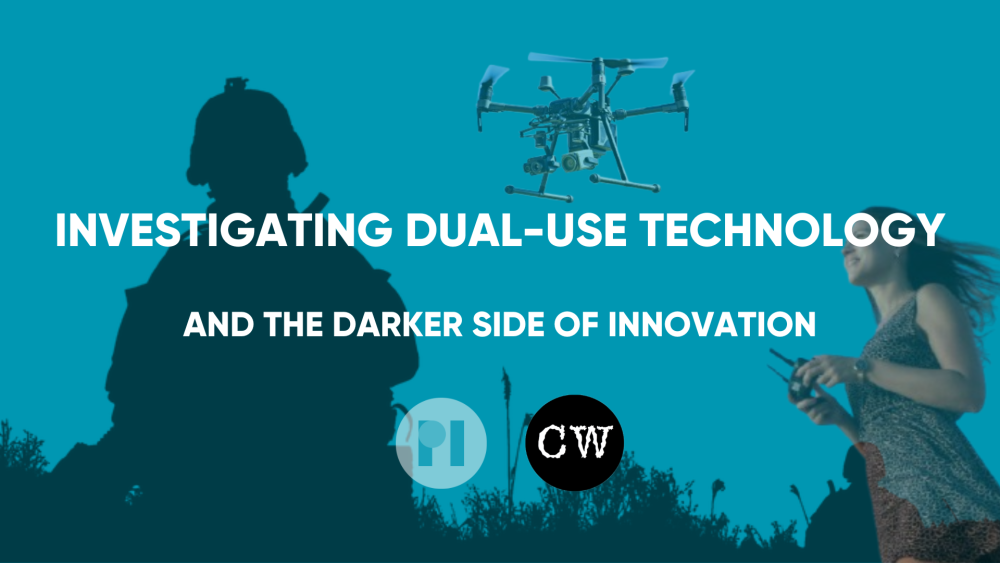
"We are living through a moment of profound transformation as military imperatives and corporate interests are no longer separate threads in the fabric of technological innovation. Instead they are inseparably interwoven. "Innovation" is increasingly framed not as a response to a concrete human need, but in terms of strategic advantage, deterrence, and national security. States and corporations alike are turning to technology which blurs the line between civilian life and military power to advance foreign policy agendas and to assert geopolitical dominance."
"And this is what dual-use technology is all about - items that can be used for civilian and military applications alike. Tools and technologies developed for everyday convenience commerce and that can just as easily serve surveillance, repression or warfare. Or military technologies that can also be used in civilian applications. Technologies such as drones, satellites, cloud computing, and various artificial intelligence solutions, are sold to public as solutions that serve productivity, connection and mobility"
"The data from your social media may also be used to guide targeting systems. The satellite that helps you navigate with your mobile phone may also support battlefield logistics. The platform that promises global connectivity may also enable mass surveillance. The smart city that promises enhanced efficiency, sustainability, and economic growth may also incentivise over policing of its communities. The drone that allows you to capture that beautiful footage on holidays may also be used to bomb innocent people elsewhere."
Military imperatives and corporate interests have merged, reframing innovation around strategic advantage, deterrence, and national security. Dual-use technologies function for both civilian and military purposes. Everyday tools and platforms—drones, satellites, cloud computing, artificial intelligence—serve commerce, connectivity, and productivity while also being developed, refined, and deployed by armed forces. Personal data from social media can guide targeting systems. Navigation satellites can support battlefield logistics. Global connectivity platforms can enable mass surveillance. Smart city infrastructures can incentivize over-policing. Consumer drones can be repurposed for lethal strikes. Companies involved range from household names to obscure contractors embedded in supply chains.
Read at Privacy International
Unable to calculate read time
Collection
[
|
...
]